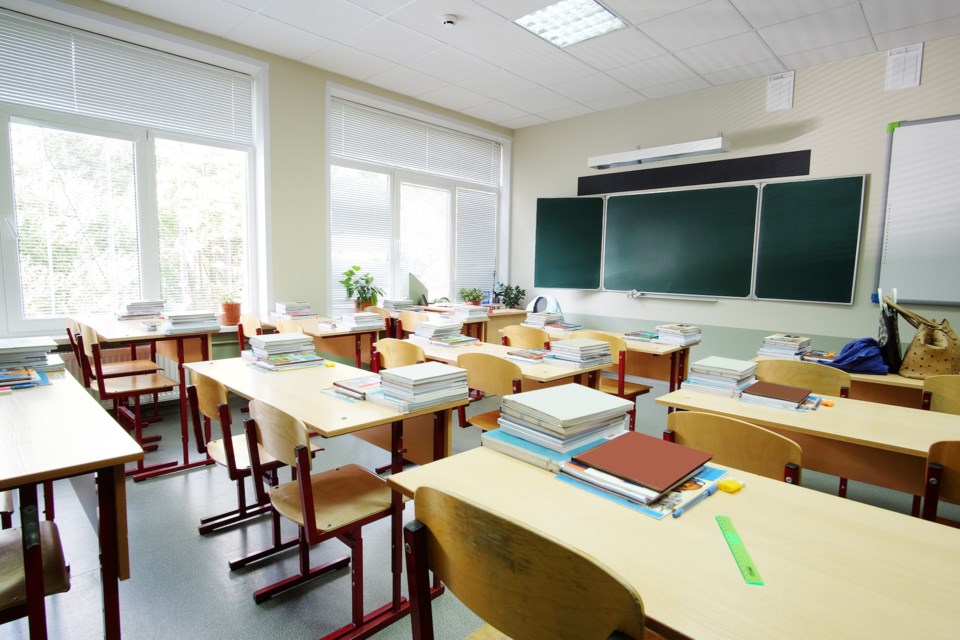Holy Trinity Catholic School Division is celebrating the fact that its students’ reading, writing, and math skills have returned to pre-pandemic levels, based on a new report.
During the recent board meeting, division administration presented the 2021-22 year-end learning accountability report. The document looked at how students finished in those subjects by June 30 and how their numbers compared to the province.
Assessments in reading, writing and math are conducted three times a year.
According to the report, the average reading levels for students last June versus June 2021 were:
- Grade 1: 76.5 per cent / 73.6 per cent
- Grade 2: 83.4 per cent / 76.6 per cent
- Grade 3: 78.2 per cent / 80.1 per cent
The division’s benchmark target is 80 per cent.
Meanwhile, the provincial average has hovered in the 60-per-cent range over the past few years.
Meanwhile, the average writing levels for students last June versus June 2021 were:
- Grade 4: 57.6 per cent / 40.12 per cent
- Grade 7: 61 per cent / 64.02 per cent
- Grade 9: 69.4 per cent / 51.85 per cent
The division’s target benchmark is 80 per cent.
Lastly, the average math levels last June versus June 2021 were:
- Grade 1: 93.85 per cent / N/A
- Grade 2: 89.6 per cent / 83.42 per cent
- Grade 3: 76.84 per cent / 78.82 per cent
- Grade 4: 71.91 per cent / 63.16 per cent
- Grade 5: 70.48 per cent / 73.81 per cent
- Grade 6: 42.53 per cent / 50.56 per cent
- Grade 7: 54.43 per cent / 55.83 per cent
- Grade 8: 59.3 per cent / 46.84 per cent
Ward Strueby, director of education, was excited that students’ reading levels were higher than the provincial average by double digits.
“We can definitely see the magic in the classroom when we see the results rebound from pre-pandemic (levels). The Grade 3 numbers are a little lower post-pandemic (78.2 per cent versus 80.1 per cent in 2020-21), but some students were out of the building for two years,” he said.
“So we’re going to continue to work on our reading levels (in) grades 1 through 5. And once the province releases their numbers for ’21-’22 … we’ll be right at that spot where we’re 13 to 14 per cent above the provincial average.”
Strueby added that schools and staff — including levelled literacy instruction teachers — contributed to improving students’ literacy levels.
While most results in reading and writing were below the 80-per-cent goal, Strueby pointed out those results were almost “right there.” Moreover, some students were gone for two years, so it’s positive that most numbers have rebounded to 2018-19 levels.
Meanwhile, the measures used to assess learning in math and writing are not a good indicator for reviewing where students are at specific points in time, he said. However, those assessments enable teachers to change classroom instruction to meet students’ needs.
The division is thrilled when looking at the data from the start and end of the year since there was an improvement, which can be attributed to students being back in the classroom, he continued. Furthermore, Holy Trinity has put more emphasis on math — especially in the middle years — that has resulted in better results.
“We still have some work to do, but we are excited to have a new position — which we started last year — with a math interventionist (who is) going to be working in our classrooms with kids who need more support,” added Strueby.
The next Holy Trinity board meeting is Monday, Sept. 19.




